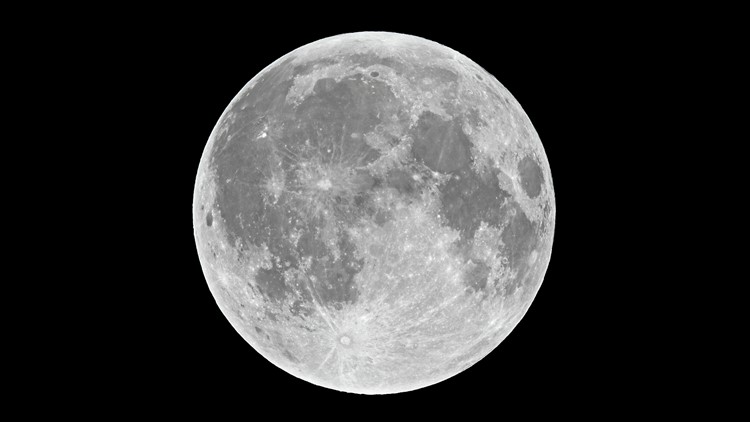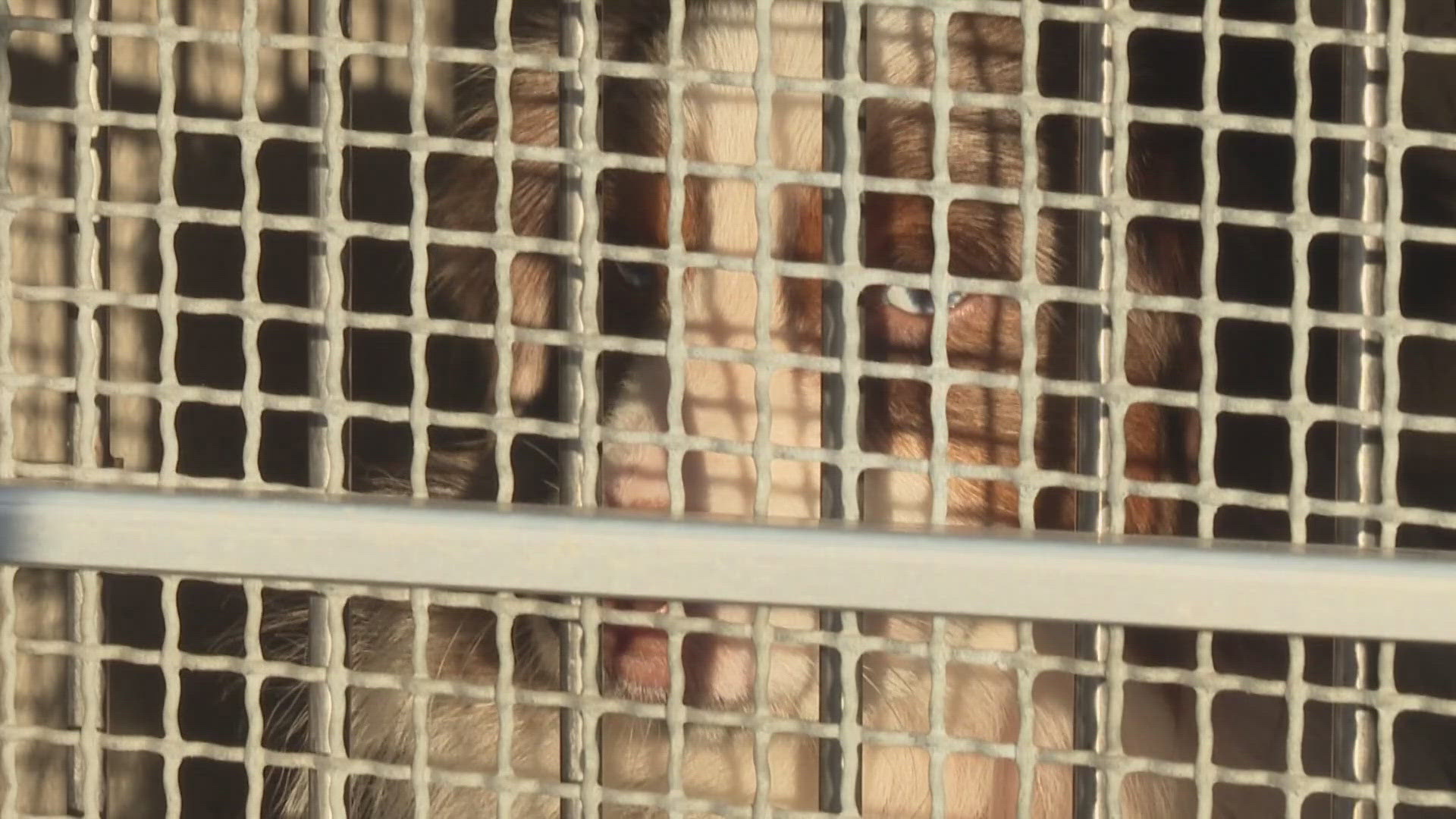WASHINGTON — A full moon will brighten the night sky starting Sunday night.
The moon, which is set to be at its fullest early Monday, is known as the beaver moon. Full moons have several nicknames and November's stargazing event is no different.
What is the full moon in November called? What is a beaver full moon?
The beaver moon happens when a full moon falls after Nov. 7, according to Earth Sky. During the month of November, beavers in North America prepare their dens and stock up on food for the incoming winter months.
If the full moon in November falls before Nov. 7, it is called the Hunter's Moon.
Other names for November's full moon are frosty Moon and digging Moon.
Is there a full moon tonight?
The beaver moon will reach its peak brightness around 4:16 a.m. Eastern Standard Time on Monday, Nov. 27.
Monday's full moon comes with a celestial special guest near it in the night sky. Jupiter is still nearly opposite the sun as seen from Earth, making it appear near the full moon, according to Earth Sky.
How often does a full moon happen?
The most common answer to this question is 28 days, but that's not actually correct. A full moon happens roughly every 29.5 days.
Technically, it takes 27.3 days for the moon to complete an orbit around the earth. But because both are spinning around the sun, the moon has changed position enough that the sun hits it at a different angle on day 27 than day 0. It takes another two days for the sun's light to hit the moon exactly like it did on day 0.
Usually, this means there's one full moon every month. But occasionally, the timing can work out so that there's a full moon at the beginning of the month and one at the end. That second full moon is known as a blue moon.
Chris McCrory contributed to this report.



